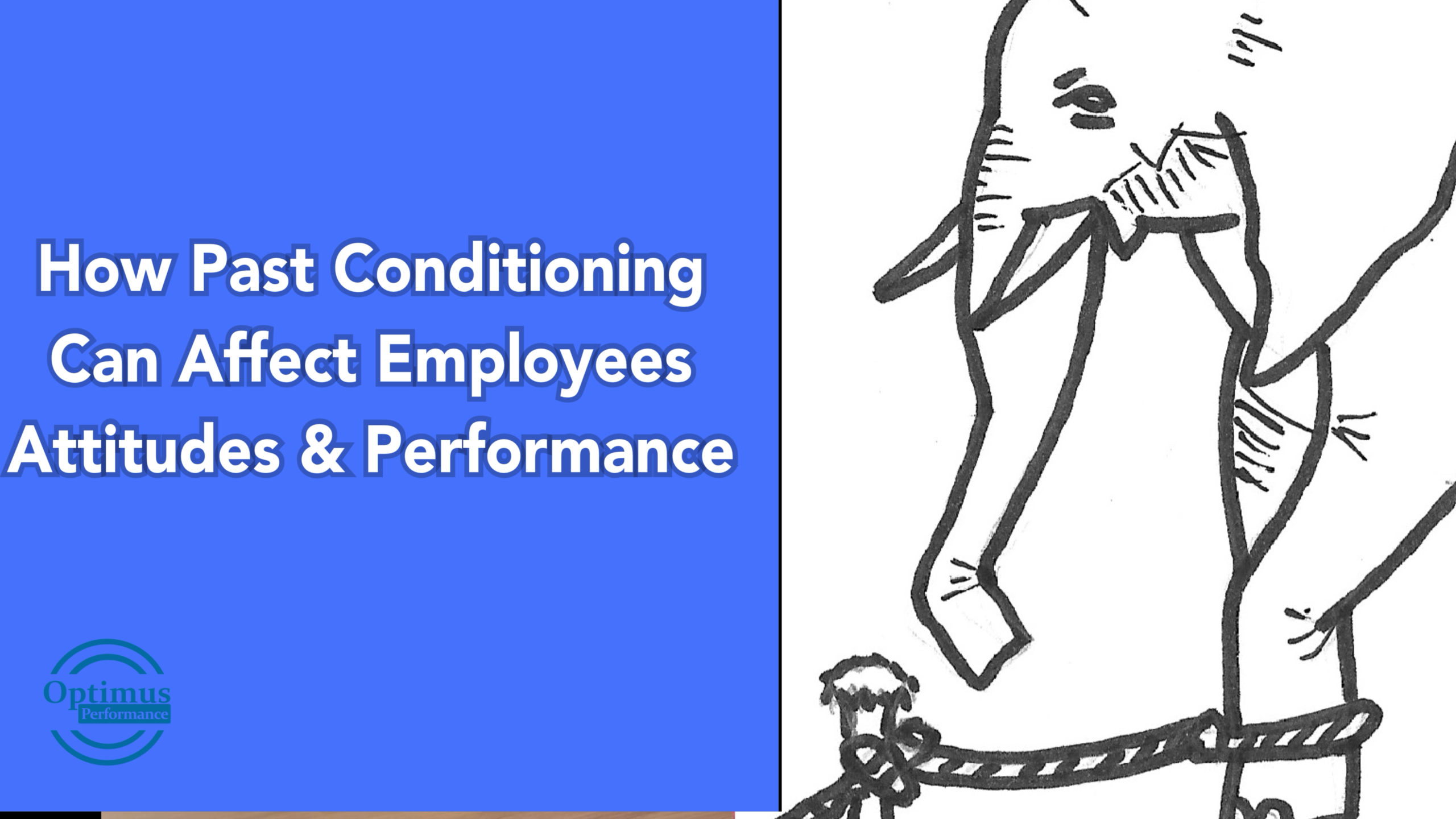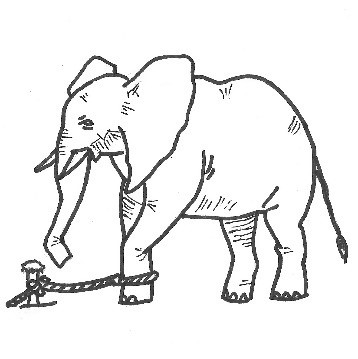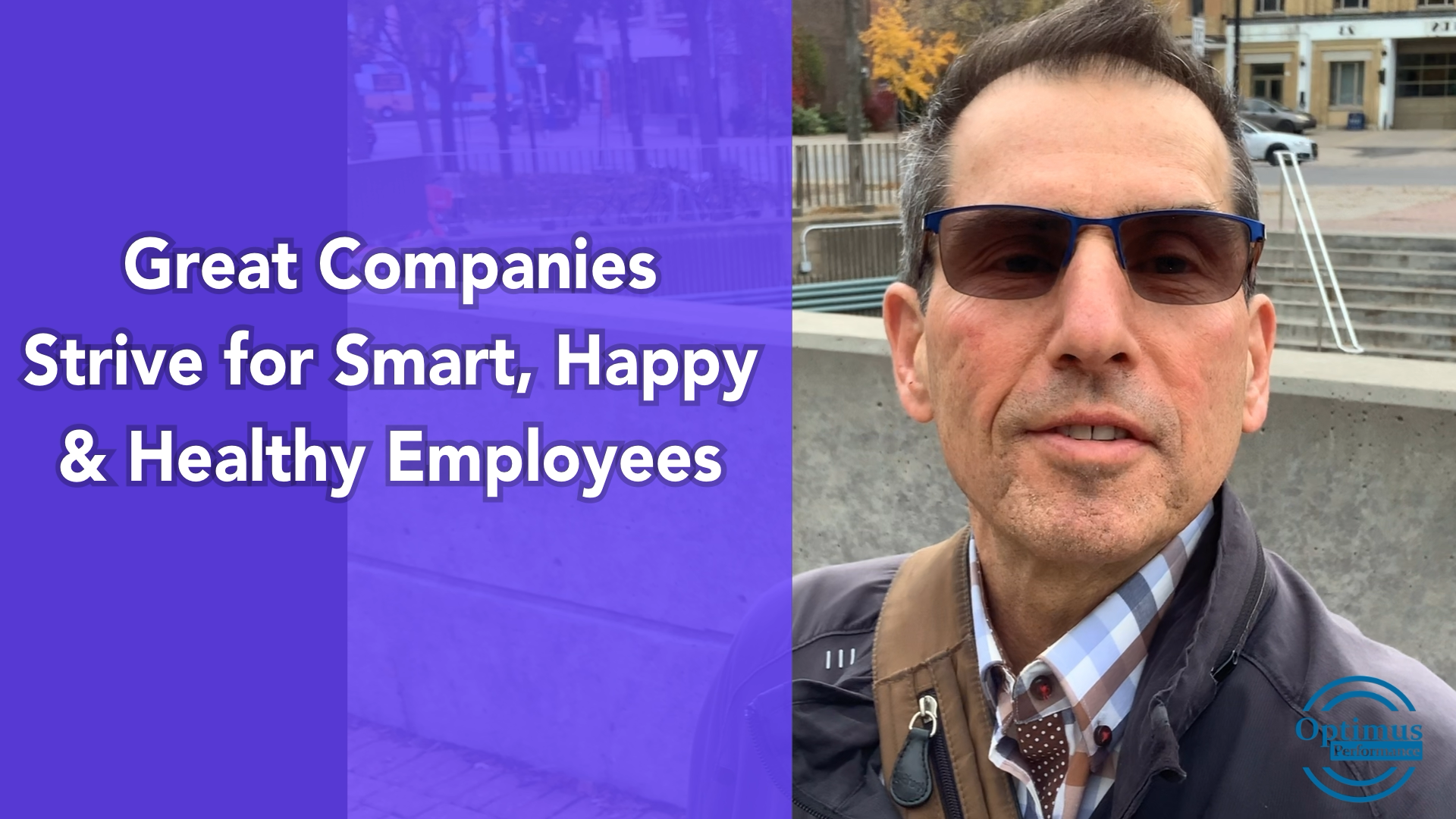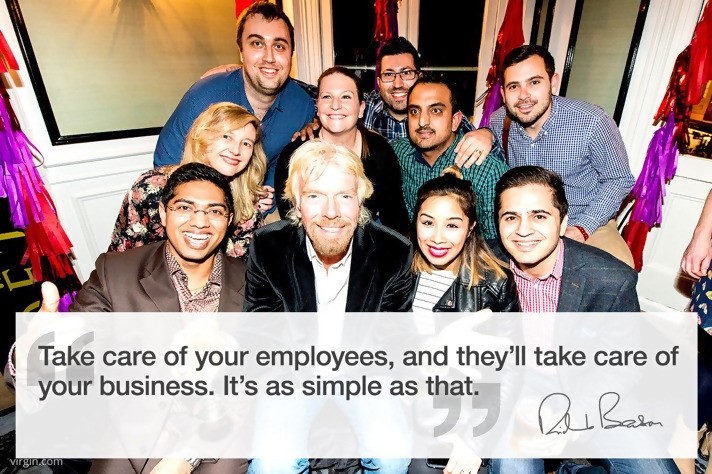A cross training plan is essential to ensure that there is no lapse in productivity due to an employee who is absent whether short or long term. A prolonged absence from work could be due to illness or similar personal situations and this is a possibility that needs a plan in place to address the situation when it happens.
Steps to creating a cross training plan
- Create a worksheet with columns by department listing all the positions, along with the names of each person in that role. If some people in the same role are doing unique tasks, you will need to identify those tasks. In another column list the name of the person who can be trained to take on the tasks of the absent employee. (see worksheet below)
- Update the job description for each role or write a new one if required. You can read my article and watch my video on writing a job description and download my job description template. I also have a complete training program on writing and using a job description that you can access here.
- Identify the crucial tasks that need to be performed to deliver goods and services by putting a star or highlighting them on the job description. Star or highlight the skills required to perform these critical tasks. These tasks are essential and normally take up the most time in the role.
- Identify employees that can learn the skills required to replace the employees listed in column B. You will need to look to other departments as you will probably need several people who can cover. For example, if Sarah is a customer service/order entry person but also performs specific tasks relative to handling returns for warranty issues, then you will probably need more than one person to cover her absence especially for a longer period. Perhaps the warranty return tasks can be delegated to another employee in the same department after training. An employee from another department may be ideal to be trained on some of the crucial tasks. Or perhaps the warranty return tasks can be taken on by an employee in shipping and the main order entry tasks can be distributed amongst the other department employees.
- Create a training plan for the tasks on the cross-training form (see below). I will be posting an article on planning a training session along with a form in the weeks to come so stay tuned for that. You can also use my goal planning form to plan the training projects and schedule actions.
- In column C list the tasks that require training and in D list the name of the person who will be trained.
- It is important that before you embark on an employee cross-training plan that you communicate your intentions to all the employees. You must explain your reasoning for the cross-training so that employees understand that you are not planning to replace them. You will need their cooperation as they might be doing the training.
- You need to consider who are the right employees to do the training and provide a simple train the trainer training. You can follow my video and article on seven steps to highly effective employee training for this purpose. I also created a planning worksheet that you can download for this purpose.
Following the above steps will ensure you put a good employee cross-training plan into effect and protect your department from suffering low productivity should an employee be absent from work.






